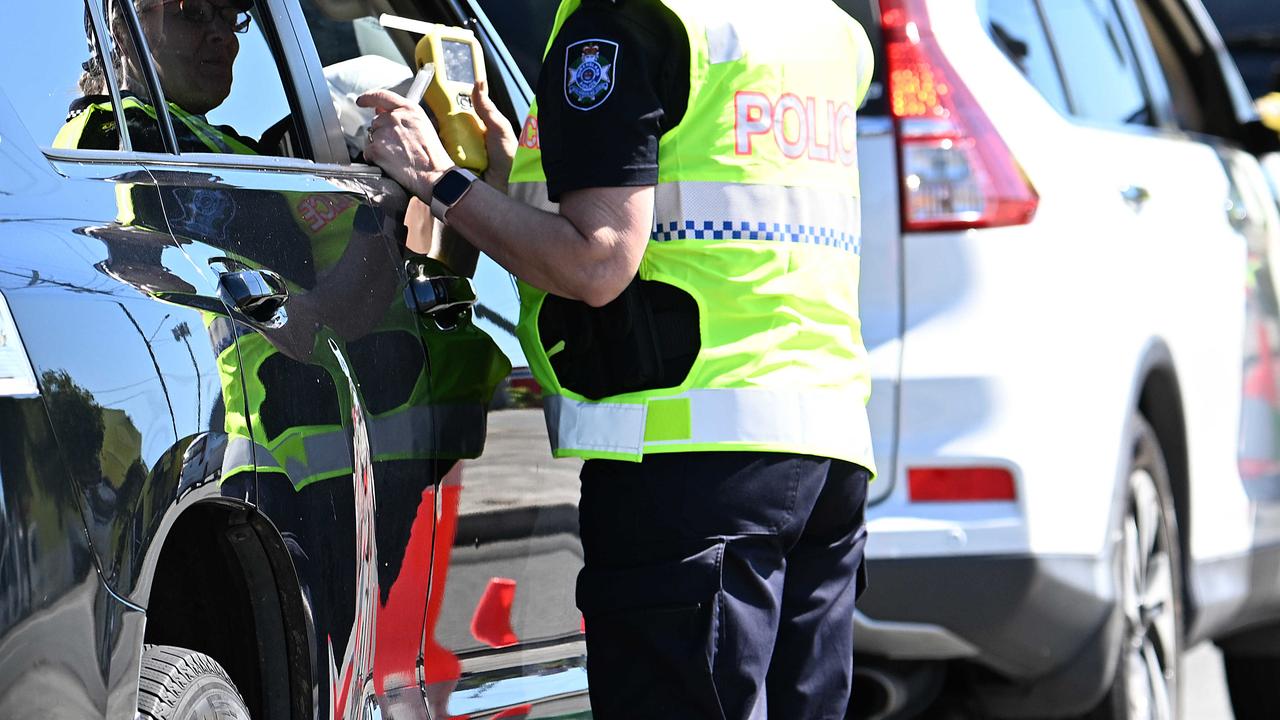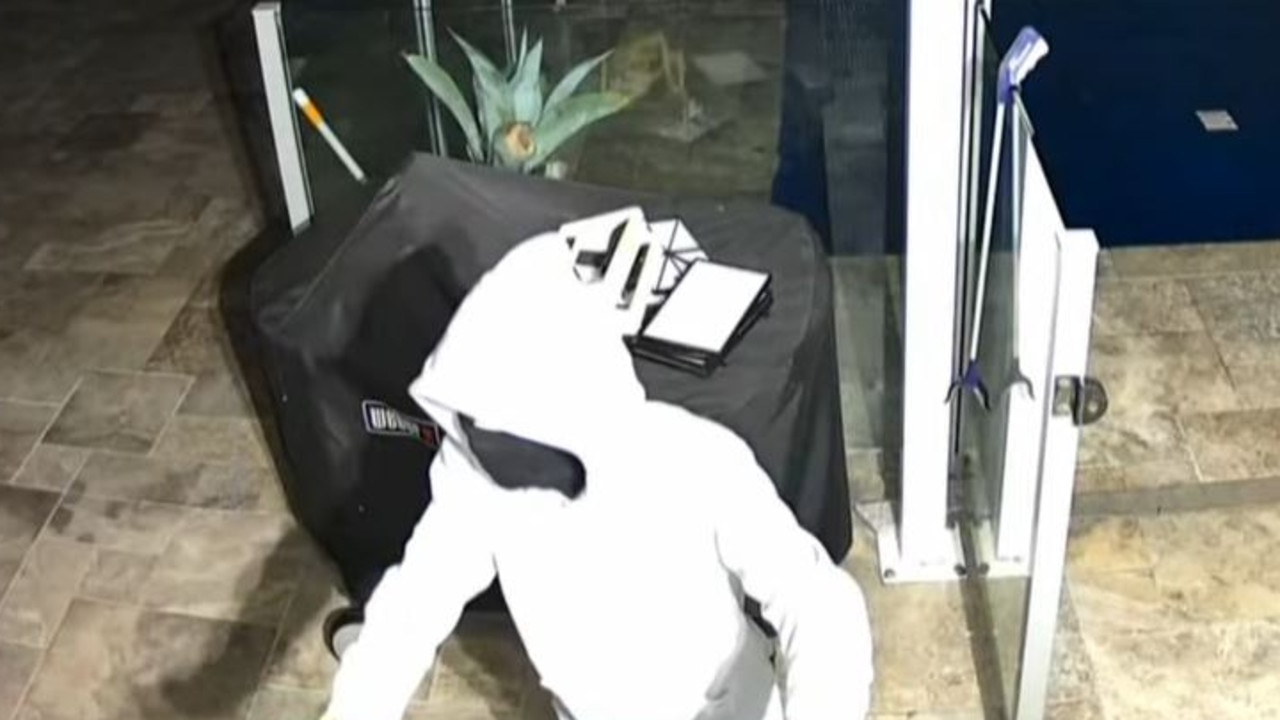Concerns social media leading more youth to use drugs, alcohol
Illegal and banned substances are become more and more common thanks to an alarming social media trend.
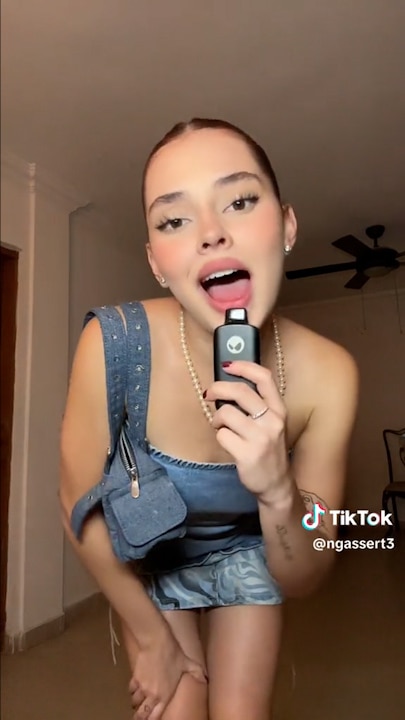
QLD News
Don't miss out on the headlines from QLD News. Followed categories will be added to My News.
Decades of campaigning by health organisations to reduce the devastating impact nicotine, cannabis and alcohol have on young people is being derailed by social media platforms, researchers say.
A team of Queensland academics have exposed the alarming numbers of posts across TikTok, Instagram and Facebook flaunting vapes, weed and alcohol consumption as “desirable” and “humorous”, as well as advertisements for “door-to-door” delivery of illegal and banned substances.
In a submission to the Joint Select Committee on Social Media and Australian Society, The University of Queensland’s National Centre for Youth Substance Use Research (NCYSUR) revealed that of 15 million substance-related social media posts, more than 75 per cent portrayed consumption positively.
This included more than 60 per cent of e-cigarette related TikTok videos – viewed more than 1.1 billion times – and 54 per cent of cannabis posts. All of the posts had no age restrictions.
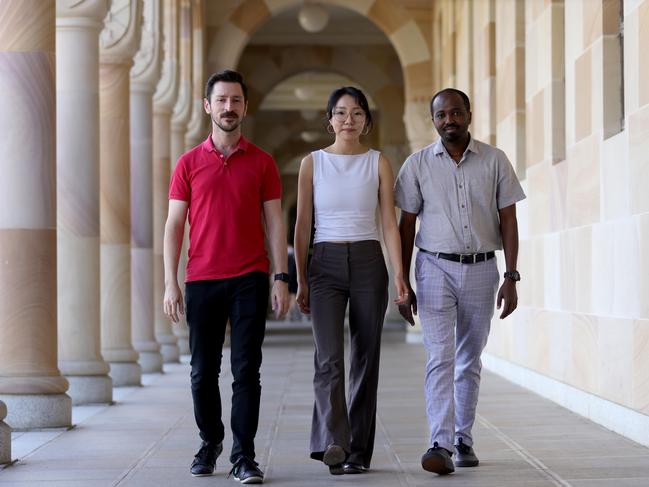
Co-author Dr Daniel Stjepanovic said the widespread availability of this content was concerning, with youth exposure to tobacco and e-cigarette posts now associated with increased use and lower risk perceptions among young Australians.
“The main emphasis really is … that there are these violations of local laws and regulations when it comes to certain products being advertised or being quite prominent on these platforms,” Dr Stjepanovic said.
“You can have very positive representations of vaping, and even if this doesn’t lead to an epidemic of vaping among young people, it can still shift the perception enough to make it to help normalise this behaviour … which we’ve had several decades of very successful policies to reduce the smoking rate.
“There is the concern that while vaping can be very helpful in helping individuals to quit smoking – which is why they’re available through pharmacies – very broad use could undo some of those gains in terms of reducing smoking rates.”
Dr Stjepanovic, alongside his colleagues, found most of these videos stayed publicly accessible, with 70 per cent viewable after a nine-month follow-up and 63 per cent at the one-year follow-up.
The findings have revealed a troubling picture of the substance-related content Australian youth are regularly exposed to.
Researcher Dr Tianze Sun said the lack of effective age restrictions on social media platforms enables widespread access to videos glamorising and encouraging substance use.
“We found that the majority of the content is portraying vaping for instance in a humorous, exciting way, often with comedy and vaping tricks. They often reference desirable lifestyles and this content, when young people are exposed to it, does normalise vaping use as well,” Dr Sun said.
The alarming numbers come as come as News Corp Australia campaigns for children under 16 years to be restricted from having social media accounts.
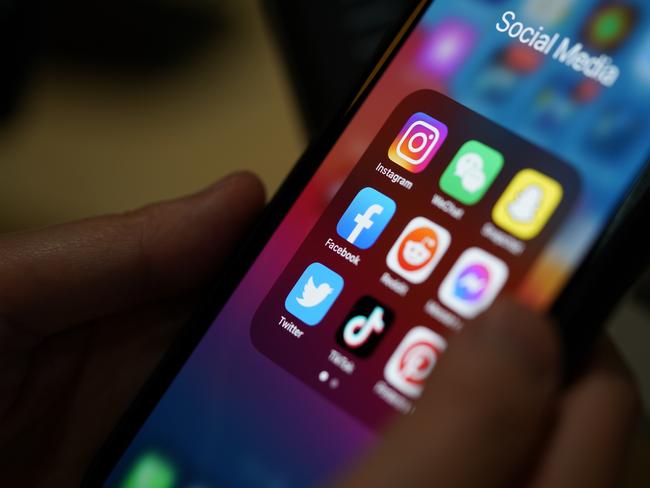
The NCYSUR team wants the Australian Government to invoke legal regulatory frameworks to hold both domestic and foreign entities accountable including imposing fines, restrictions, or legal action against non-compliant companies.
Advancements in artificial intelligence to detect mentions as well as collaboration with social media platforms to curb the promotion of substances have also been suggested by the team.
“We also know from our own research that some measures are insufficient in preventing young people from being exposed, so they are able to despite, for example, TikTok banning vaping products, these can still be found if you know what to look for,” Dr Stjepanovic said.
Dr Sun echoed this, saying despite Australia’s strict approach to regulating substances – specifically with e-cigarettes and cannabis – youth are still exposed to a lot of the content online.
“So maybe what we’re doing now is not the only thing that we can be doing, and I think social media companies like Meta have a responsibility to regulate what young people are seeing and what they’re being exposed to on their platforms, particularly when it comes to the algorithms,” she said.
Originally published as Concerns social media leading more youth to use drugs, alcohol


